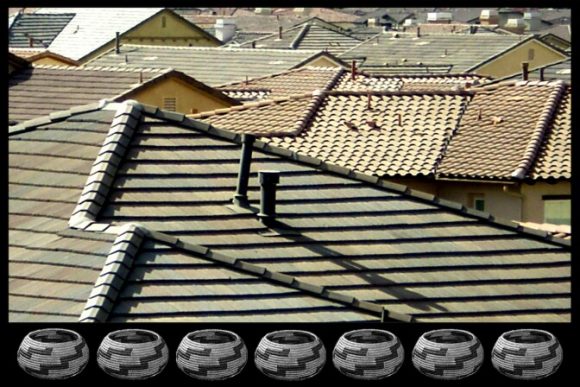
Artist Gerald Clarke Reclaims Cahuilla Sovereignty ETW: Leading the Conversation on Ethnic Studies
September 28, 2022
Wilkinson College of Arts, Humanities, and Social Sciences hosted multimedia artist and educator Gerald Clarke as part of the Engaging the World: Leading the Conversation on Ethnic Studies initiative. Clarke, a member of the Cahuilla Band of Indians, combines different media in his sculptures, paintings, videos, installations, and other projects. Inspired by his cultural heritage, he expresses traditional ideas in contemporary forms and works against stereotypes of Native American art and culture, repurposing found objects and creating clever juxtapositions to make profound political statements. Utilizing humor to expose historical and present-day prejudice and injustice, Clarke brings a decolonial perspective to urgent cultural and political issues facing our world.
Clarke foregrounded his lecture with an introduction to his home on the Cahuilla Indian Reservation, where he manages his family’s cattle ranch. For Clarke, working the ranch is essential to his life and artistic practice, as it helps him maintain a close connection to the land and his ancestors. This relationship to the land is fundamental to the idea of sovereign history, of seeing the history of native communities as generations of lived experiences rather than a static moment in the past.
“When you talk about history, it’s not a chapter in a textbook, it’s not a PBS documentary or a class to take – my history is all around me, and that’s what connects me for thousands and thousands of years to these lands.”

Caption: Gerald Clarke, United States of Amnesia II, ink on paper, 2017. Purchased with funds from the Ellingson Family.
Clarke also sees his life on the cattle ranch as an expression of sovereign identity, describing how the romantic stereotypes of Native American cultures seen in pop culture never fit his reality growing up among “Indian cowboys.” Instead, he chooses “to live how I think I should be living – that’s the most valid thing you can do.” Much of Clarke’s artwork is an expression of this statement – of representing his life and thoughts without succumbing to stereotypes or expectations.
Life on the cattle ranch inspired one of Clarke’s most well-known series of “branded prints” created using a custom-made branding iron. In addition to branding paper, hestarted branding the covers of books written about Native American history. For him, this act serves as a way to reclaim the knowledge about their traditions that non-Native scholars took. He also brands books written about the Native American art market, specifically authors who perpetuated ideas of indigenous art as “trinket” or craft.

Gerald Clarke, One Tract Mind: Baskets, digital photograph printed on canvas, 2009. Purchased with funds from the Ellingson Family.
Much of the artist’s work also offers a decolonial perspective on the larger cultural and political issues in the United States. One such work United States of Amnesia II, which was recently acquired by Wilkinson College’s Escalette Permanent Art Collection (be sure to look for it at the end of December in the first floor Hallway of Roosevelt!). Clarke created this print in response to the rise of anti-immigration sentiment in American political rhetoric. The map is made of layers of thousands of rubber stamps reflecting immigration settlement patterns in the United States. In reference to this work, Clarke says “The current immigration debate puzzles me. Unless you’re Native, you come from immigrants.”
The Escalette Permanent Art Collection also acquired a photograph from Clarke’s One Tract Mind Series, a project created during the housing crisis of 2008. The series depicts housing developments above symbols of traditional Native culture. This juxtaposition brings awareness to the loss of Native history and land required to build these building tracts. It also points to the fact that the loss of home experienced by so many during that times is something that Native communities have experienced for hundreds of years.
When representing traditional aspects of Native culture, Clarke talked about his feeling of responsibility to his community. For him, creating artwork is not just a form of self-expression; it’s a way that he can support his community by sharing their history and celebrating the continuation of their culture in a respectful way.
“We have to acknowledge the real history, but we also need to acknowledge the fact that through perseverance and adaptation, with struggle and strength we’re still here.”
Watch Gerald Clarke’s lecture here.


